During the Mexican Cold War from 1960-1985, one of the most tragic crimes perpetrated by the Mexican Government against its population was the forced disappearance of 91 men by the hands of the Mexican Army in the town of El Quemado, Guerrero, in the summer of 1972. These men were subjected during 4 years to physical, verbal and psychological torture while they were illegaly detained in a clandestine prison. Meanwhile, their families, already in a impoverished, vulnerable and marginalized situation before these events, were left abandoned and without capacity to sustain themselves.
47 years later, the Mexican Government has decided to repair the human rights violations committed against the victims, and they have commissioned me the design of an integral strategy to build a Memorial that not only remembers these crimes of state terror, but also holistically repair root causes of the tragedy, thus reducing and preventing future reoccurrences con state violence.
The strategy I coordinate to build the Memorial has four components: Architecture, which involves the resignification of the house where the men were first detained and tortured, thus transforming it into a space of memory where educational and cultural efforts can be launched, as well as activities which strengthen the agricultural economy of the community. The Architecture components also will rehabilitate communal spaces into living and healthy public space to nurture El Quemado's social fabric.
47 years later, the Mexican Government has decided to repair the human rights violations committed against the victims, and they have commissioned me the design of an integral strategy to build a Memorial that not only remembers these crimes of state terror, but also holistically repair root causes of the tragedy, thus reducing and preventing future reoccurrences con state violence.
The strategy I coordinate to build the Memorial has four components: Architecture, which involves the resignification of the house where the men were first detained and tortured, thus transforming it into a space of memory where educational and cultural efforts can be launched, as well as activities which strengthen the agricultural economy of the community. The Architecture components also will rehabilitate communal spaces into living and healthy public space to nurture El Quemado's social fabric.
The second component, Virtual Space, involves the creation of digital tools that will register the testimonies of the surviving victims and their families, thus transforming them trough algorithms into indexed and searchable data. The output of this component unfolds into an online dashboard available to journalists, social researchers, artists and the public, as well as an exercise to extend the physical and temporal presence of the Memorial.
The third component, Documentation, involves the coordination of an audiovisual documentary team, journalists and academic experts on drug and safety policies that will articulate narratives that will not only bring to light the truth of what happened in El Quemado, but also build up the efforts to find Justice for these and other victims of State Terror in Mexico by the hands of the Army from 1960 to 2019.
Finally, the fourth component is the Memorial's Institution itself, which involves the capacitation of members of the community of victims in El Quemado so they may use the Architecture, Virtual and Documentary components to effectively make their story known, seek justice and reduce their exposure to future human rights violations.
It is my job to design the strategy and coordinate the execution of these components, weaving them into a comprehensive Memorial to the Victims of Forced Disappearance. This ongoing project is commissioned by the Mexican Federal Government's Executive Commission for the Attention of Victims.
Current challenges in the new Federal Government of the Mexican Government have the project on hold.
El Quemado is proud of its history of being local basketball championships. During the afternoons, youth, men, women and seniors gather to compete.
UNDERSTANDING EL QUEMADO

El Quemado is proud of its history of being local basketball championships. During the afternoons, youth, men, women and seniors gather to compete.

El Quemado is proud of its history of being local basketball championships. During the afternoons, youth, men, women and seniors gather to compete.

El Quemado is proud of its history of being local basketball championships. During the afternoons, youth, men, women and seniors gather to compete.
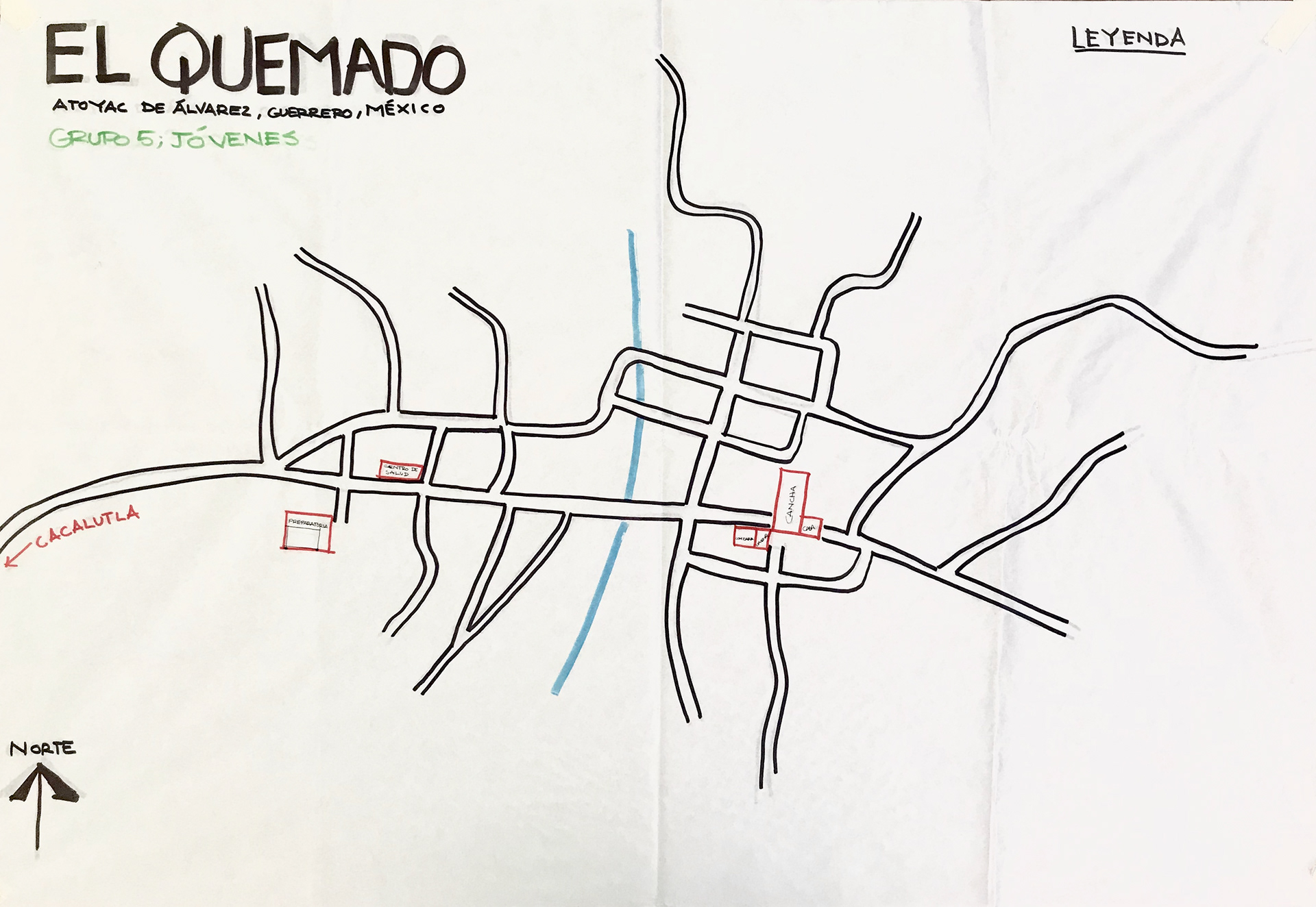
A participatory mapping of the important communal spaces in El Quemado.


Participatory exercises with middle school students to learn about El Quemado's tragic past.

Community organization to upkeep public space in El Quemado.

PARTICIPATORY DIAGNOSTIC WORKSHOPS

Elementary School

Elementary School

Victim Demands were a constant reminder

Norberto

Plenary Session
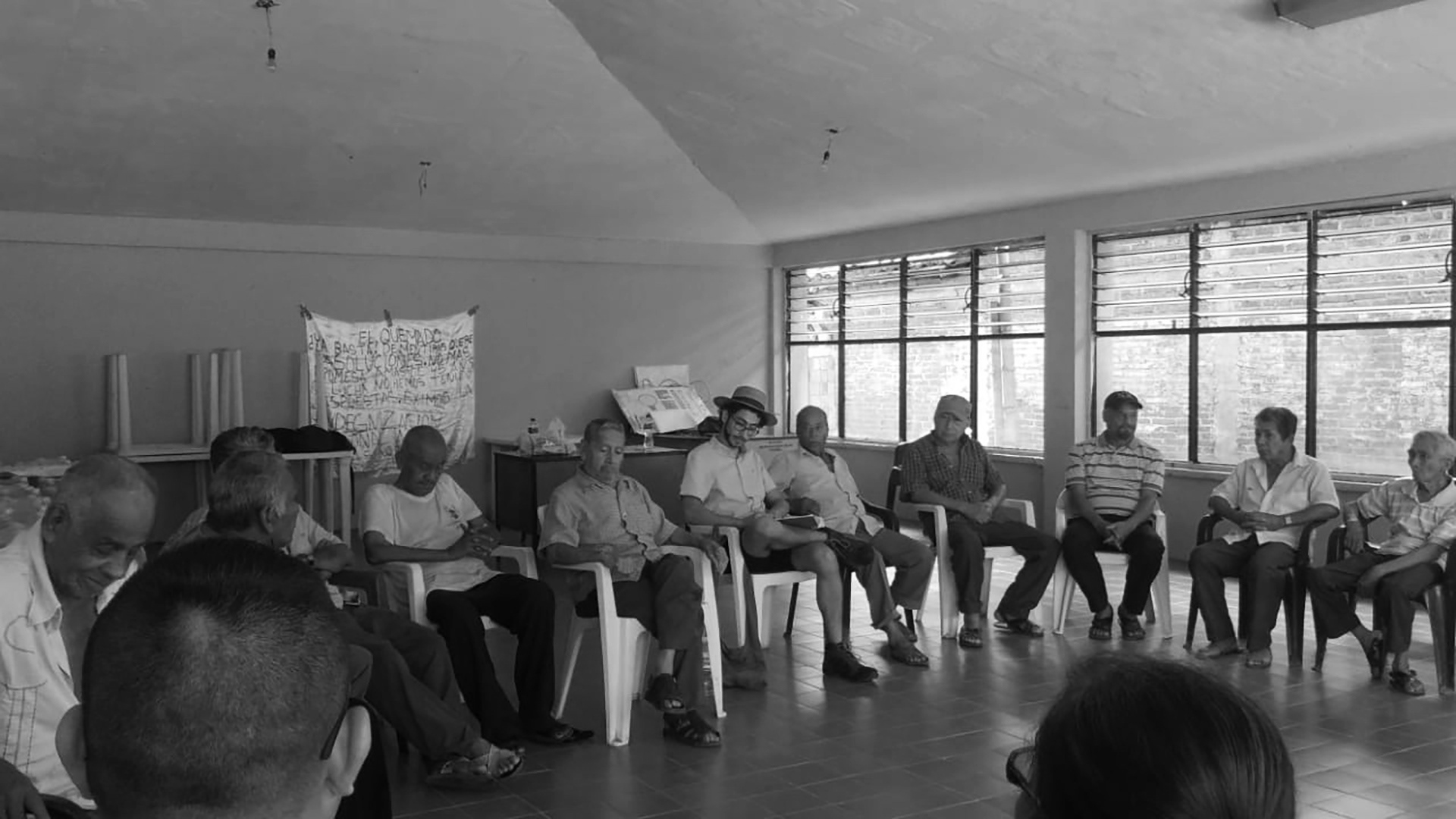
Workshop with survivors of forced disappearance

Deciding where to build

Identifying key community spaces

Making agreements on how to build the memorial
OFFICIAL ANNOUNCEMENT OF THE PROJECT



WORK IN PROGRESS
Architecture: Comunal Taller de Arquitectura is leading the participatory design and construction component.




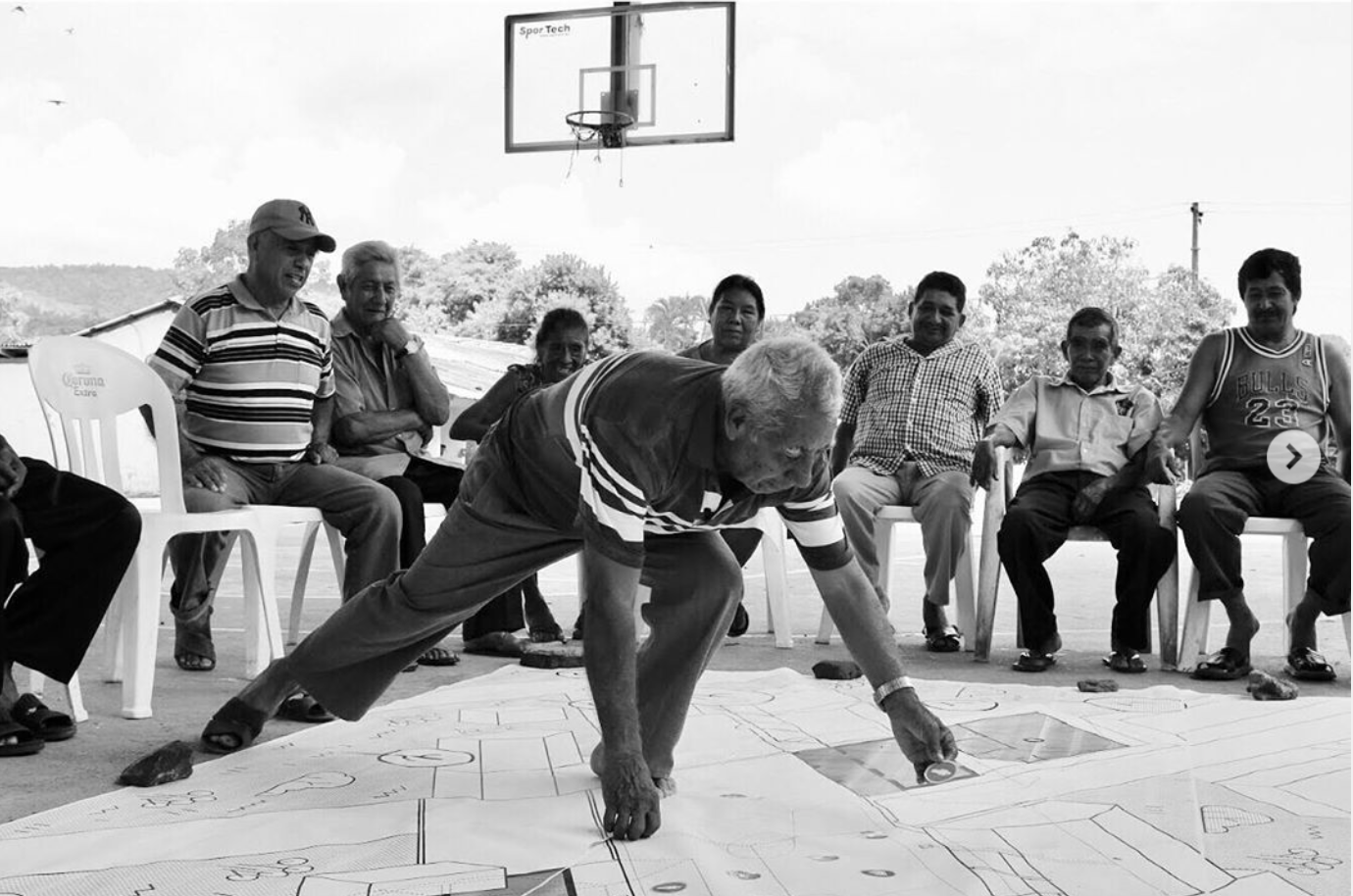

Research: A joint effort between the team of researchers led by Froylán Enciso and Irene Álvarez and the data analysis experts in Data Cívica.
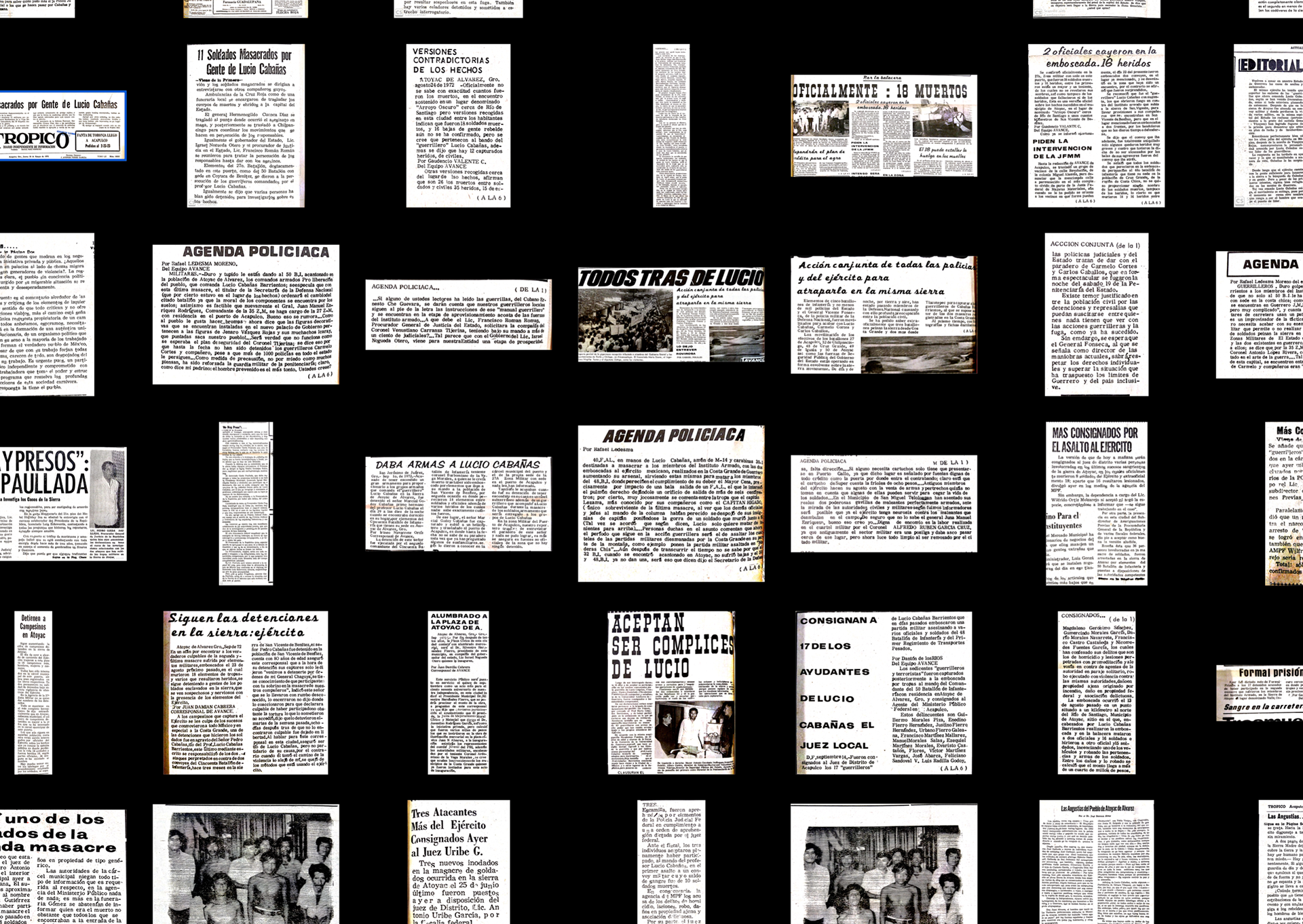





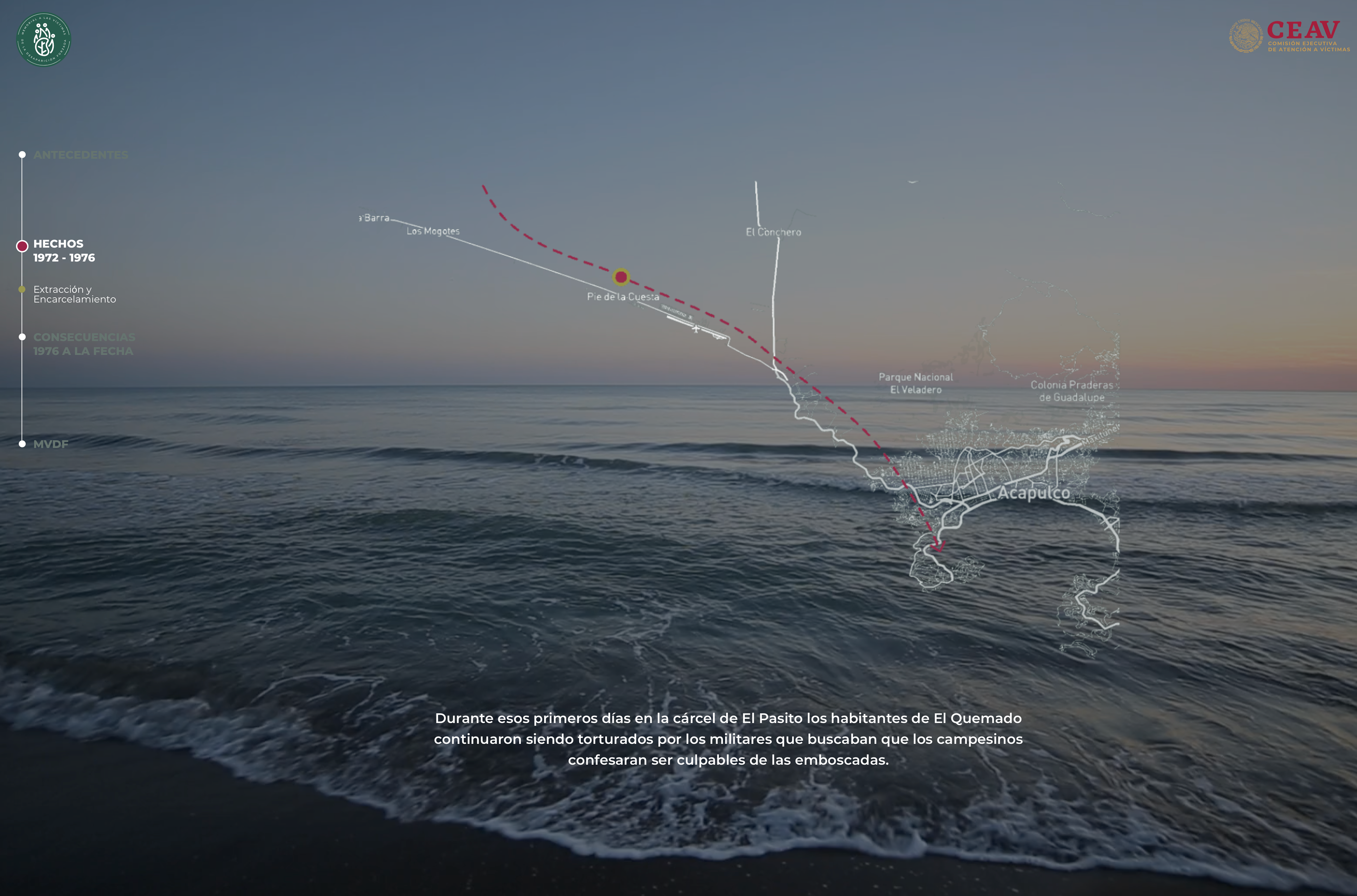
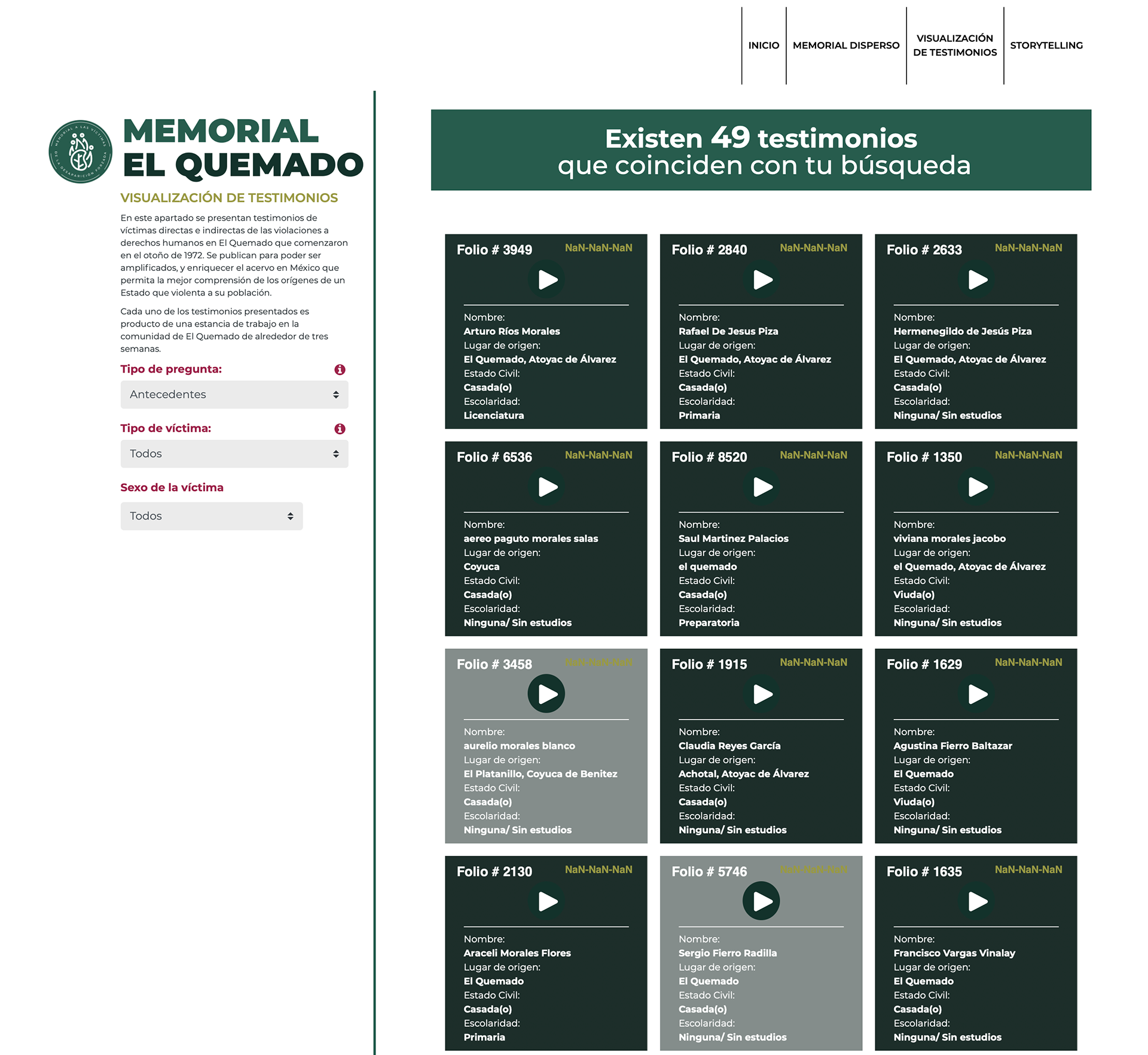
Audiovisual Documentary: the team behind the critically acclaimed film "Hasta los Dientes" is documenting the memorial's progress, challenges and outcomes. This is a rough cut and preview of the initial work done.

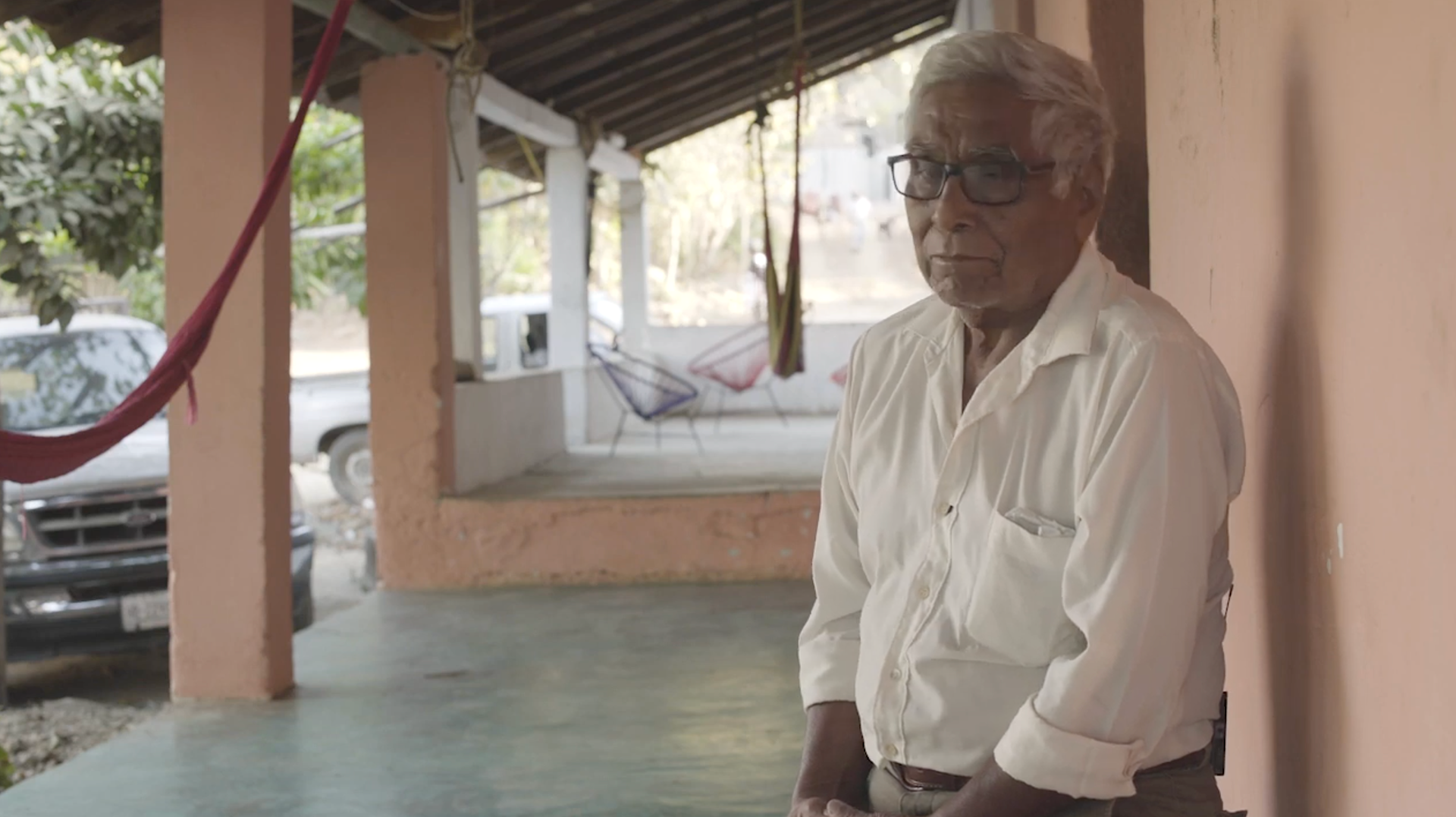






TEAM
Commissioned by the Mexican Federal Government, Executive Commission for the Attention of Victims
Coordination, Direction & Strategic Design: Sergio Beltrán-García
Architectural Partners: Comunal Taller de Arquitectura
Development Team: Data Cívica
Audiovisual Documentation: Armed to the Teeth
Investigation & Academic Narrative: Froylán Enciso Higuera, Irene Álvarez Rodríguez, Camilo Pantoja García, Camilo Vicente Ovalle, Víctor Cardona Galindo, Rodrigo Caballero Díaz, Javier Mena Ramos, Luis Guerrero Méndez, Dairée Ramírez Atilano, Cordelia Rizzo Reyes, Javier Ruiz Moreno, Jocelyn Sánchez Moreno

